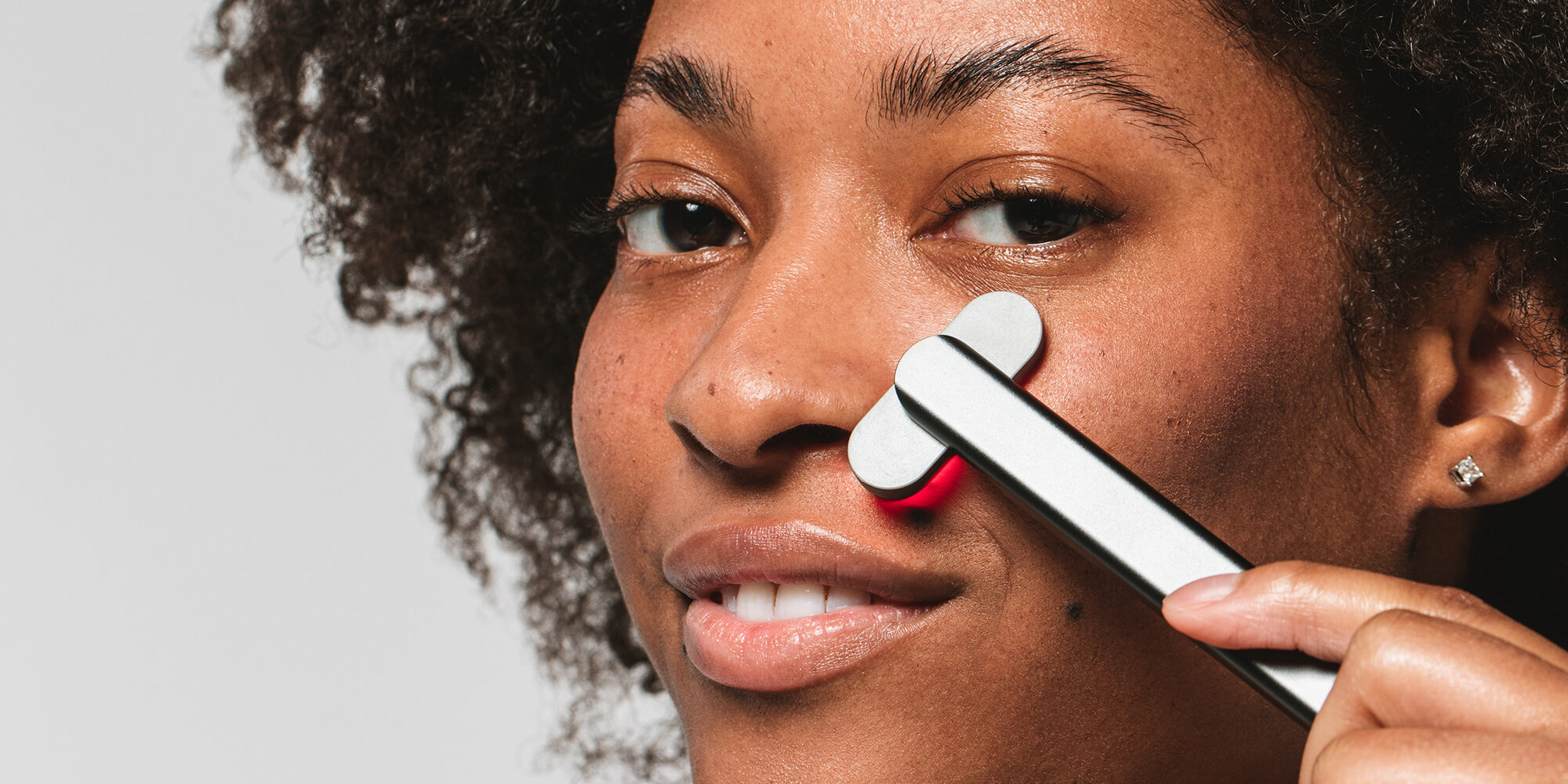
SolaWave’s Big $13M First Year—And Its Goal To Create Fully Customizable At-Home Treatments
Many beauty brands were born in the midst of the pandemic that spoke to quarantine beauty habits. SolaWave was one such brand. Launched in September of last year with its $149 Red Light Wand, a sleek rechargeable device pairing red light with microcurrent, facial massage and warmth to combat blemishes and fine lines, it became a hit when consumers were searching for alternatives to spa services that they could do in their bathrooms. SolaWave is on track to generate $13 million in revenues in its first calendar year and has amassed a cult following, including celebrities Mandy Moore, Lil Nas X and Sydney Sweeney. In September of this year, SolaWave released its second device, the $119 Blue Light Wand designed to fight acne.
Time will tell which pandemic beauty brand babies grow up to become successful beauty industry adults. Andrew Silberstein, the serial entrepreneur behind SolaWave, is confident its devices will remain relevant even if pandemic conditions continue to improve. “The silver lining of an otherwise difficult period in the world is that people are learning that they don’t have to rely solely on an expert to take care of their skin,” he says. “They can maintain their skin at home and, if they are seeing an expert, they can maintain it in between appointments or, if they can’t afford to go to an aesthetician, this is the next best thing.” Beauty Independent talked to Silberstein about how SolaWave sidesteps issues that plagued previous device companies, his plans to expand the brand’s assortment, its advantageous factory relationship and the goal to create a fully customizable at-home treatment.
What did you originally want to be?
I’ve been an entrepreneur since probably the age of 8. I’ve always loved it. I come from a family with a father who had a strong business background, and a mother who was an artist. I felt like I was a hybrid of the two. I love finding creative ways to solve problems and figure out how to make that into a business.
From a young age, whenever I could find something to sell, I would. I was selling rocks to my neighbors at 8. I had a cotton candy business at 10. I had an industrial cotton candy machine that was designed for amusement parks, and I would cater parties with it.
When I was 14, I was really interested in music and wanted to be involved in booking. I booked a concert with R&B artist Ne-Yo, who has since become a big musician, and I was asked to join his management team to be basically a digital marketing associate. I kind of started my career at 14 through working with him. He was signed to Def Jam Recordings, and I was brought in by Def Jam at 15 to work with a lot of their other musicians in the same way. The most notable one was Rihanna.
The whole world was figuring out how the internet was going to shape everything, including the discovery of music and buying concert tickets. I was on my computer constantly building out strategies at the time for Myspace and, shortly after, Facebook. I was trying to market music and shows.
It was around that time that I started developing acne. It was my introduction to all sorts of topical treatments and prescriptions. I saved up my money to buy my first blue-light therapy device, which was very expensive, but probably the most exciting thing I had bought at the time.
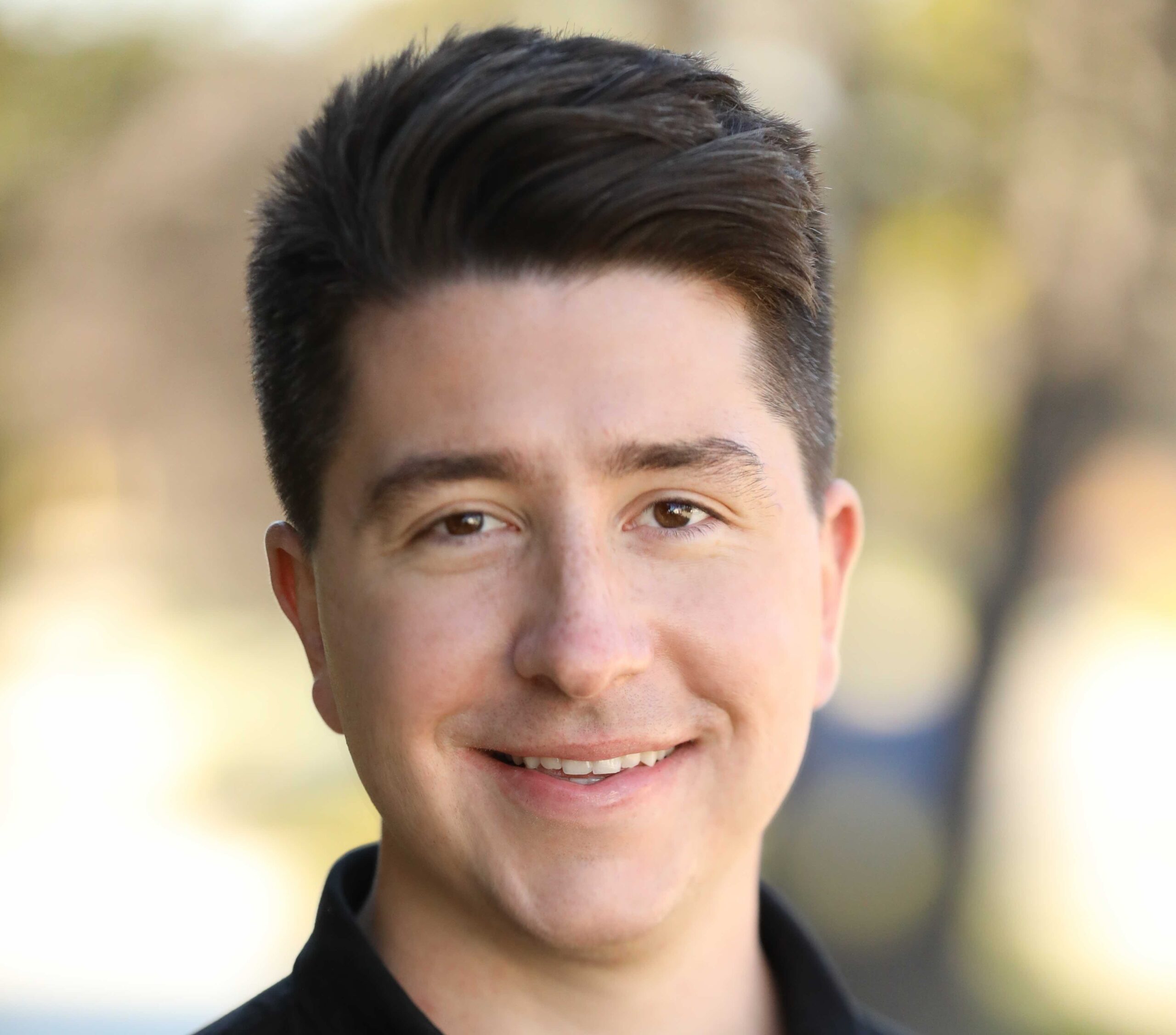
What happened from there that led you to start SolaWave?
I continued to work in music, and my first business, Boomrat, a platform to discover music shows, was acquired in 2014 by Live Nation. I worked for them for another year and, then, set out to build a new business. The premise of that business was to connect entrepreneurs with creative and engineering talent. I was rethinking recruiting and professional networking. It was to be a modern version of LinkedIn that creatives would want to use, and it was a more modern approach to recruiting. That was my first major failure.
I learned it was really difficult to build a double-sided marketplace. One last-ditch attempt I did to make it work was an offering where we consulted with entrepreneurs instead of just providing a platform for them. We would help them iron out their ideas. We would create a plan for them and find them talent. I had a client who was a celebrity makeup artist. I was brought in to help develop a new app for the beauty market, and I also helped to bring to market a very interesting facial tool. It’s not like SolaWave, but it was my first foray into skincare.
I was really fascinated by all the development in at-home skincare technology. I really wanted to bring a new device to market that had much more technology and long-term cumulative benefits. I had been brought into another project involving new battery technology in China. My gears were spinning. With this new technology available, what could we bring to market that would make a difference in the skincare industry that would compel people to want it and would work for them?
I went back to a former contact in Asia who innovates beauty products and ultimately finalized the plan for SolaWave. We decided to partner in April of last year. I ran some initial trials on the product and saw exceptional results. I decided to launch the business very quickly. We are now just past our one-year mark, and it’s been a wild ride.
What problems have consumers had with devices that you wanted SolaWave to avoid or remedy?
Several devices such as the first one I ever bought need to be plugged into the wall to use them, so you are limited in terms of where you can use them and how portable they are. Another pain point is bulkiness. A lot of them are bulky either because of old technology or the manufacturers presume people want something bigger in their hands.
I got introduced to microcurrent a couple of years ago, and microcurrent devices can often provide a degree of strength that can be painful or uncomfortable to average users. It can feel like a chore rather than an enjoyable ritual. I wanted to bring something with powerful technology that also feels great to use that you would look forward to using every day.
The obvious other issue is price. A lot of the tools are expensive. The average consumer can’t afford them or they are saving up for a year to buy them. The margins on some of these products are insane. I didn’t want to launch another luxury device. I wanted something more of the world can have access to and benefit from.
Why are devices so pricy, and how have you been able to keep SolaWave’s prices down?
R&D definitely plays a major role. The reason we are able to provide a product at the price we do is because of decades of research that other companies have put into technology. There’s also the piece of it that most of the leading devices were built to be sold through retailers, not direct-to-consumer. The DTC world in theory provides a better financial model, so you don’t have to have as high a margin.
But marketing is very expensive. So, in our case, we partnered with the inventor of the product, a company that has been part of many innovations. I didn’t have to hire an engineering team or build a manufacturing facility. The last parts are that the costs of parts have come down, and that our current model has five LED lights. It doesn’t have as much light therapy as a Celluma or LightStim. By nature of having fewer parts, there’s lower cost there.
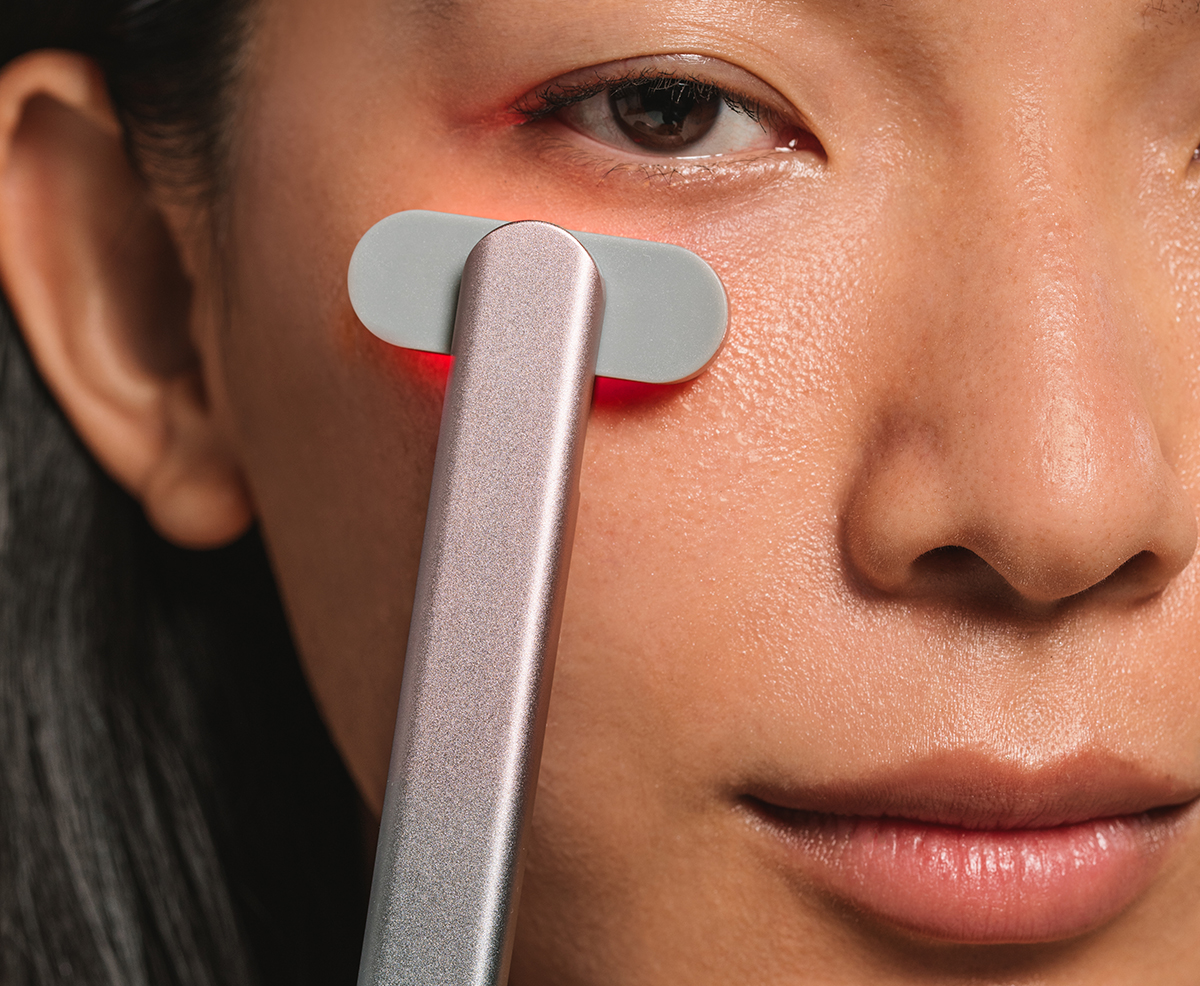
Is your factory an equity partner?
They have a revenue share. They don’t have equity, but they do get a piece of the business. That was a way to get better terms with them. That’s not customary. We are using it as our model for all future development. We found that you get better results and response time. There is more skin in the game for the producer. I think it’s probably the best decision I made with this business in a sea of thousands of decisions. We want everyone involved to participate in the upside.
What were key launch strategies?
We were very digital marketing-heavy. That drove 95% of our growth early on. We were specifically focused on just the U.S. market knowing ultimately we would bring this international, but we wanted to hone in on one market and get it right. We tested on any platform we could to advertise on early on to very quickly learn which ones were going to move the needle. Podcast marketing has really taken off over the last two years, but, for us, it was a negative investment, and our assumption is because you can hear about it, but not see it.
Up until recently, Facebook and Instagram really worked. A lot of DTC businesses right now are struggling because it’s much more inefficient to acquire new customers, but Google and YouTube have been great and, interestingly, traditional linear television has been really successful for us recently. It has eclipsed all of our other marketing channels combined. We are advertising on local news and various daytime talk shows like the “Tamron Hall Show.”
What are your thoughts on retail?
Probably like everyone else, we have been questioning most of this pandemic when people would go back into stores. For a brand like ours that heavily relies on the internet to promote its products, there’s also the question of: If I sell through retail and they are marketing through the same channel I’m marketing on, am I going to cannibalize my sales?
We decided to partner with retailers because they give us a stamp of approval. In the U.S., where people are bombarded with ads, especially in beauty, it can be overwhelming as a consumer to figure out what’s legitimate and actually works. For us, the strategy was to partner with key retailers that we felt had loyal customer bases and were great opportunities to educate customers about our product. We are sold through Goop and Saks Fifth Avenue. We are about to launch in Nordstrom as well as Neiman Marcus, and Cult Beauty in the U.K. will be our first international partner.
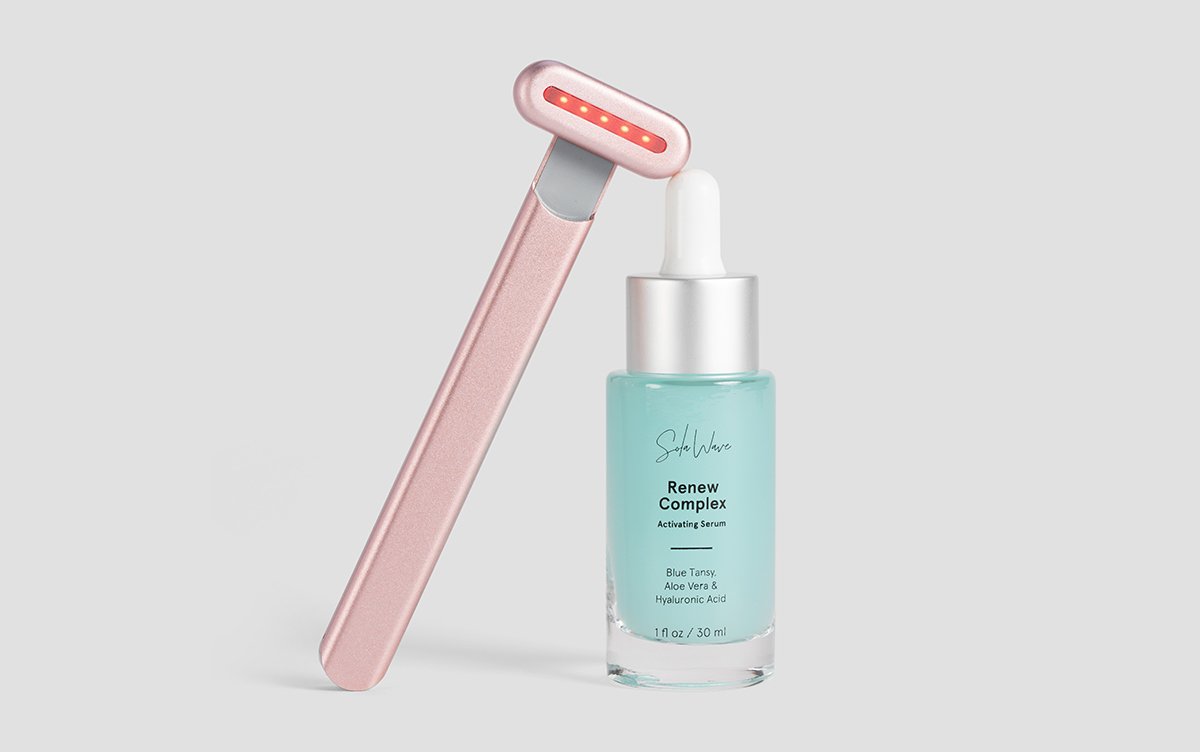
What’s your approach to building out the assortment?
One interesting piece that I could have never fathomed is that, even with our entry-level product, there are aestheticians using it and, in at least one case, a dermatology clinic is using SolaWave. Part of our strategy is creating more semi-professional products that experts can use.
We wanted to build the most intuitive product as possible in the beginning. That’s why our current product has no variability in strength. That’s great for the entry-level consumer. Moving forward, a big part of our strategy is to have variability in strength and settings, and letting people customize the treatment. We are also going to be playing around with the form factor. We think that the wand is great and people seem to love it, but what are other things we can do that aren’t a handheld wand?
Many skincare devices are paired with apps. Would you do that?
We are in development on an app. I’m generally of the opinion that you shouldn’t launch an app unless it’s necessary. There was an app crazy in the early 2010s that led to everyone having an app, but we are inspired by other devices that come with apps that make it easy to customize your treatment and track your usage. We think it’s a great opportunity to help people stay consistent and track results.
And it’s a great way for us to track their usage. The user can let us see how often they are using the product and how long they are using it for. I have so much anecdotal data, but it would be really helpful to have more data on what the experience is that led people to love it or not love it so we can improve. We are also launching a loyalty program through the app, and you will be able to subscribe to topical products through it.
Some devices have had high return rates. What have you found?
We were told by an e-commerce expert that 10% of people would return the products, and we are about a quarter of that. We are very front and center on all of our messaging that customers can try this for 30 days and easily return it if they don’t love it. It can be for any reason. The reason we do that is to make people feel comfortable investing in it.
Especially early on as a new company that didn’t have much PR or celebrity endorsements, we said to people, “Give it a shot, we will take it back.” Sustainability is a critical part of it, too, and we refurbish the devices that are returned. We have a trial program that’s another way you can try SolaWave without buying it and, if you like it, you can keep it.
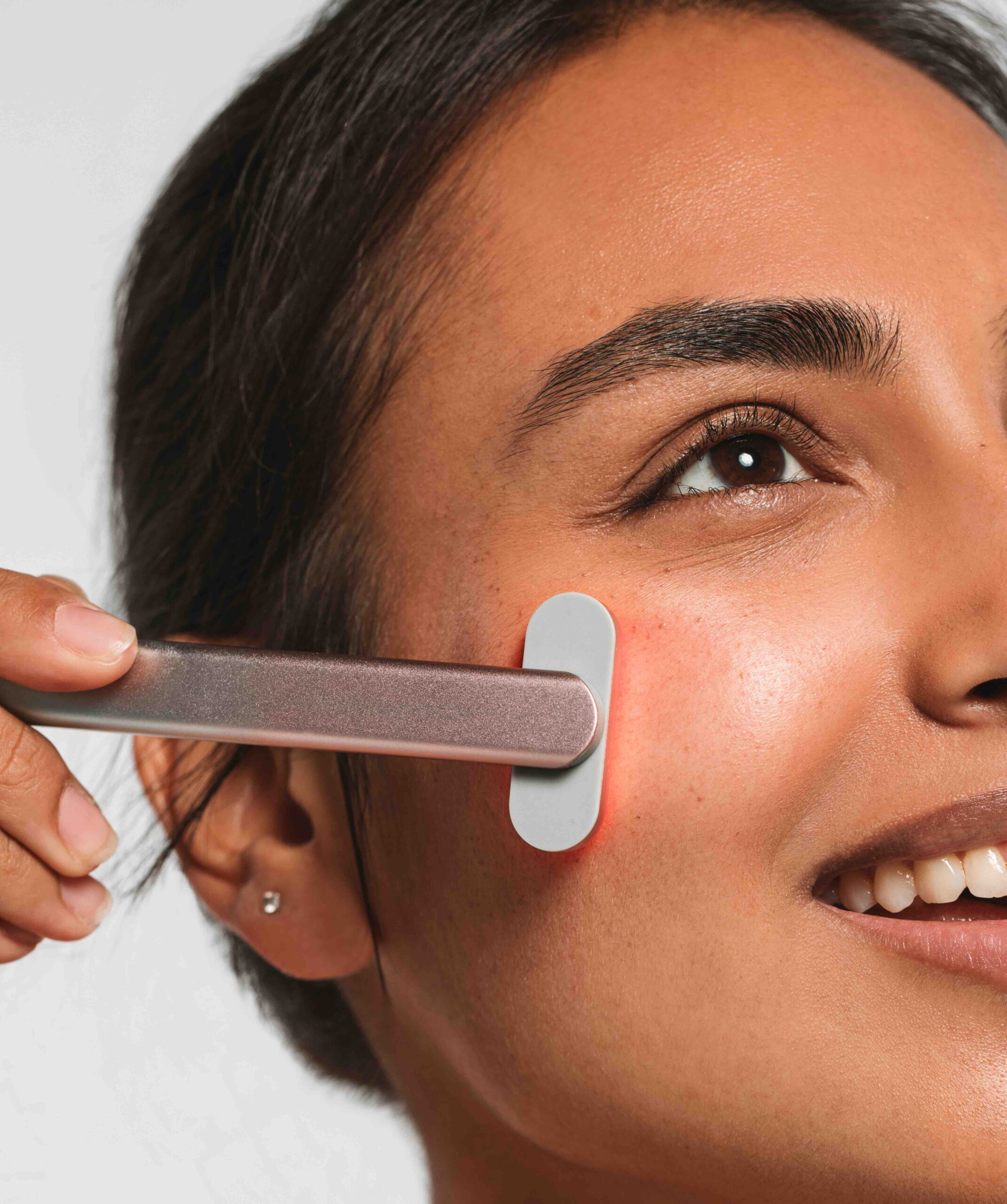
Device companies such as Clarisonic have had difficulty with replenishment. How do you encourage replenishment?
I’m glad you mentioned Clarisonic because I reference it all the time on this topic. I was an avid Clarisonic user in my teens. You would get a sample of the Clarisonic cleanser, but my question was, why would I use this versus get it from a brand that was more specialized in it? One advantage we have with a microcurrent product is you need a conductor. There’s an actual reason to buy a topical product from us and, hopefully, reorder.
That being said, we don’t force that upon anyone. We have blue tansy in our product, and some people don’t want it. We will lead them to an alternative product. I’m very particular about skincare. We are launching a base serum for someone who doesn’t want many ingredients in skincare. It goes with whatever else you are using.
With the majority of our sales being direct-to-consumer, we have learned so much about how consumers use our wand and what they use it with. A lot of them are using it with a sheet mask or under-eye mask. So, we have been working on conductive sheet masks and under-eye masks. You don’t benefit from the light-therapy piece, but you still benefit from the other features of the wand.
Beyond that, we are building out a skincare system that you can use before, during and after the wand, anything from a cleanser to an SPF and moisturizer. We have incorporated an ingredient that we anticipate will become popular that is more hydrating than hyaluronic acid. We are working with a great lab in Korea, and we are marrying Eastern and Western R&D in these products.
Have you raised any outside funding?
We have not raised any funding. I self-funded it. We have been profitable since the beginning, and we have been very careful with our spending to achieve that, but, to fuel our product offerings, international expansion and the growth of our team, we are exploring fundraising at the moment.
Why should someone invest in SolaWave?
We have proven a model in which we bring enjoyable at-home skincare experiences to the masses that achieve the results consumers are looking for. The products are novel enough for celebrities and top influencers to want to use and purchase rather than be paid to promote them. It took us five months to reach our first $1 million in sales, since then, the growth has been staggering. We have grown 75% month-over-month on average since launch.
The entire world struggles with skincare problems, and technology is continuing to advance, and we are trying to be at the forefront of that to make efficient at-home treatments where you can invest in one tool rather than four in a way that’s accessible and affordable. It helps a large swath of people, and they can understand how they can benefit from it.
What are your grand ambitions for the company?
There is one particular grand ambition. We are going to be bringing a product to market that fully customizes an at-home treatment for you based on scanning your face and skin conditions. We want to leverage artificial intelligence to improve at-home skincare to have a product that really has a major impact on your skin. The initial product we have is a great step in that direction, but there is so much more.

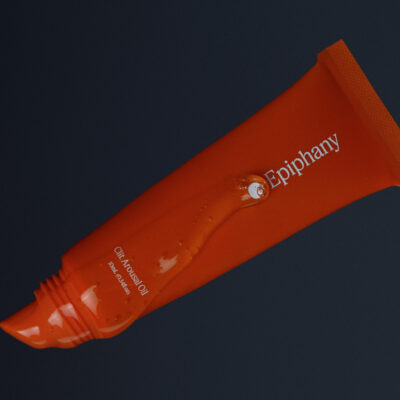
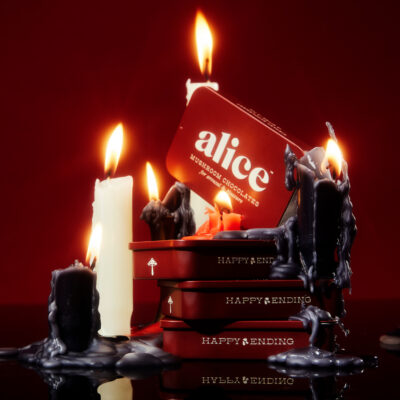
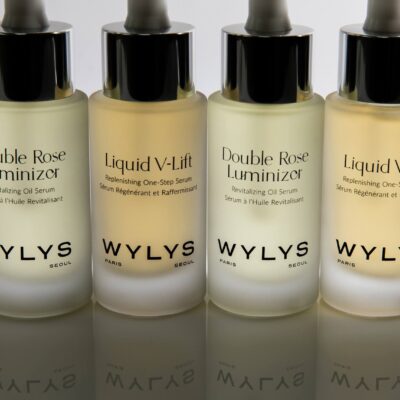
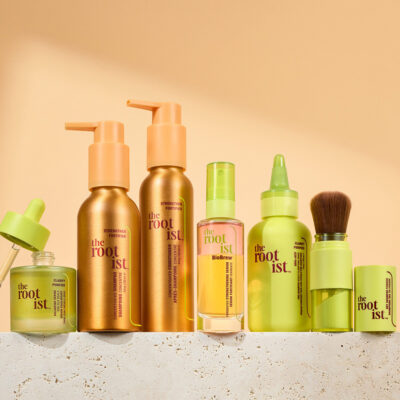
Leave a Reply
You must be logged in to post a comment.